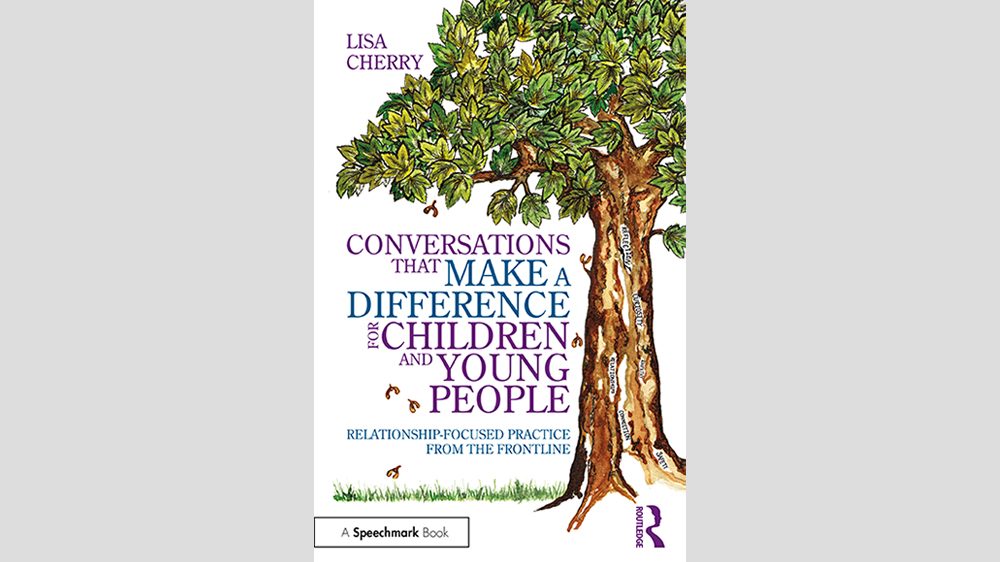
15 March 2022
We recently read Conversations that Make a Difference for Children and Young People by Lisa Cherry in the EMCC UK Book Club. Hannah Butler writes below with her thoughts and responses to the book.
Conversations that Make a Difference aims to outline themes that engage and enable children and young people. Lisa Cherry places an emphasis on our responsibility for creating the safe psychological spaces necessary for these conversations to take place, and creating the right vehicle for a learning partnership to emerge.
The book is divided into three neat conversation types: attachment, adversity and trauma. Each section offers conversations around the common theme and explores them through different lenses. All three parts of the book made me curious, not only about coaching and mentoring practice with children and young people, but also about coaching and mentoring in general, and what might get in the way of understanding and generosity.
Each chapter ends with a reflection from the author, and questions to help the reflective process for the reader. These are useful, but I had to dig deeper to think about these in the context of coaching, mentoring and supervision.
Conversations that Make a Difference is evidence-based, describing how many of the theories have emerged, and how they have remained a constant source of reference. The book also shows how practitioners have been skilled in making their own theoretical and philosophical approaches in delivering services. Having spent many years in education, spanning the different age-groups, Conversations that Make a Difference spoke in a way I fully understood, and I agreed with some of what was being said.
In terms of fresh insight, the book reminded me that we are in a changing world, and that many children's services are beginning to see the period of childhood and adolescence through new and exciting perspectives. It raised many issues relating to white privilege, and how much this has guided and continues to guide services for children and young people, and how there might be a newly emerging picture.
My encouragement to readers of the book is also to read outside our field to gain different perspectives and insights. For me, I want to go back and revisit attachment, and think about how this might show up in my own life – first person first stuff. I want to reflect through a belonging lens, and also complete some reading around trauma (building on psychological safety) and what trauma in the workplace looks like.